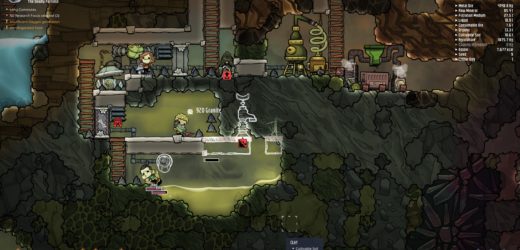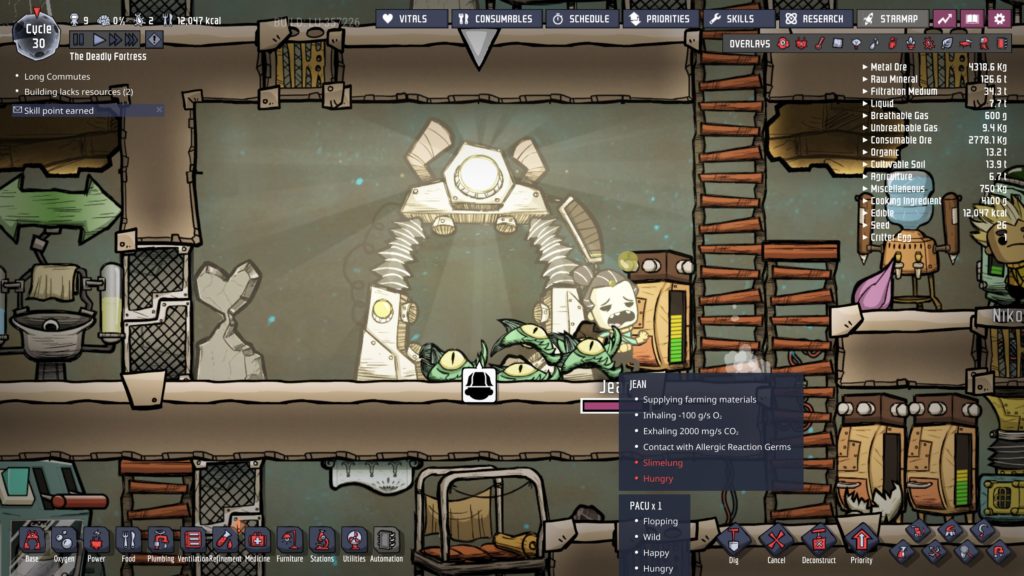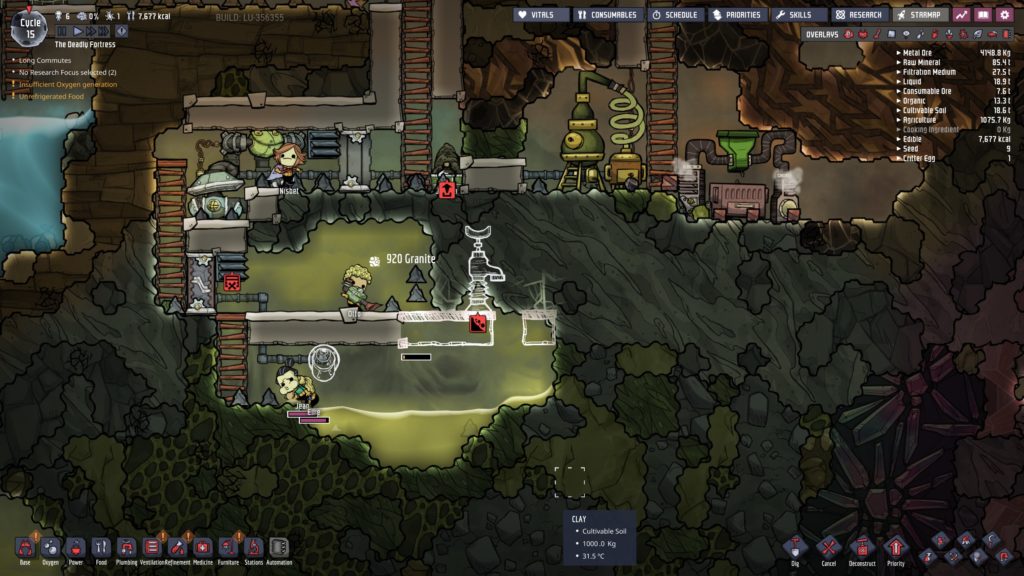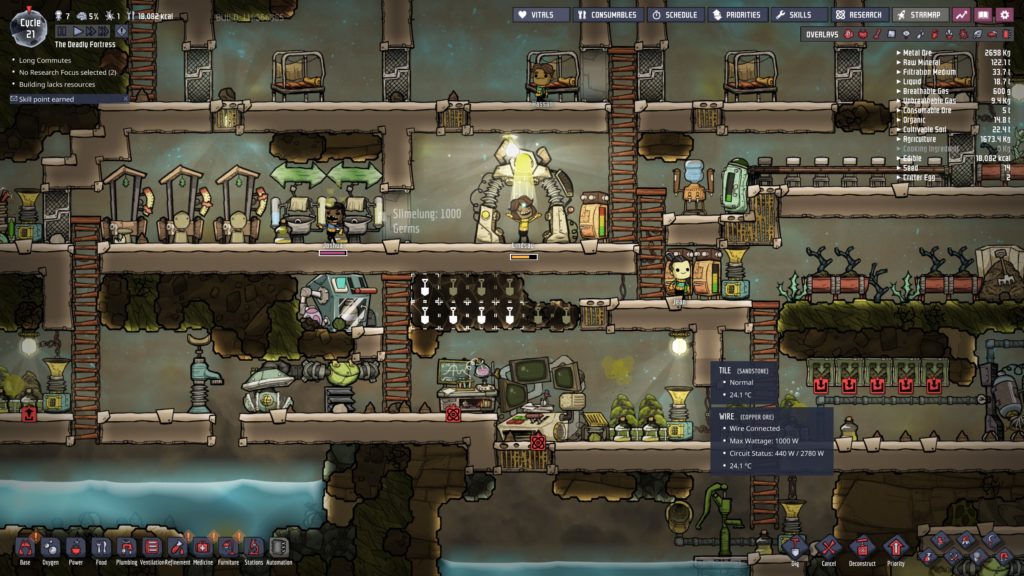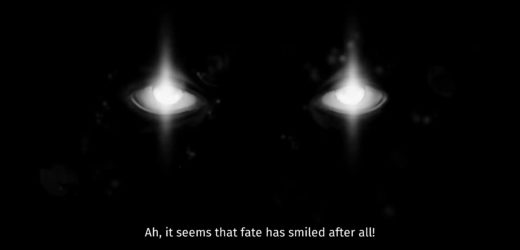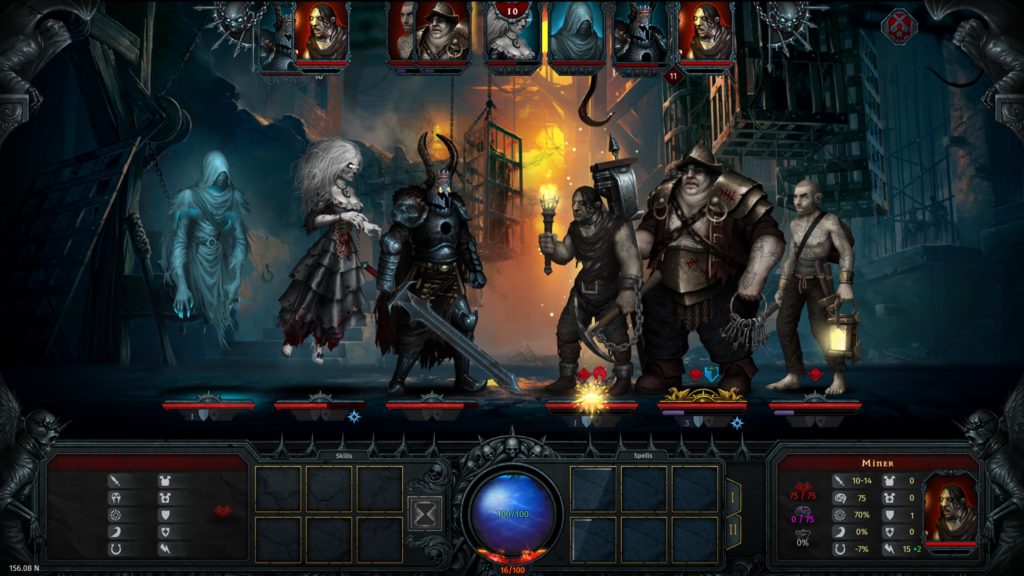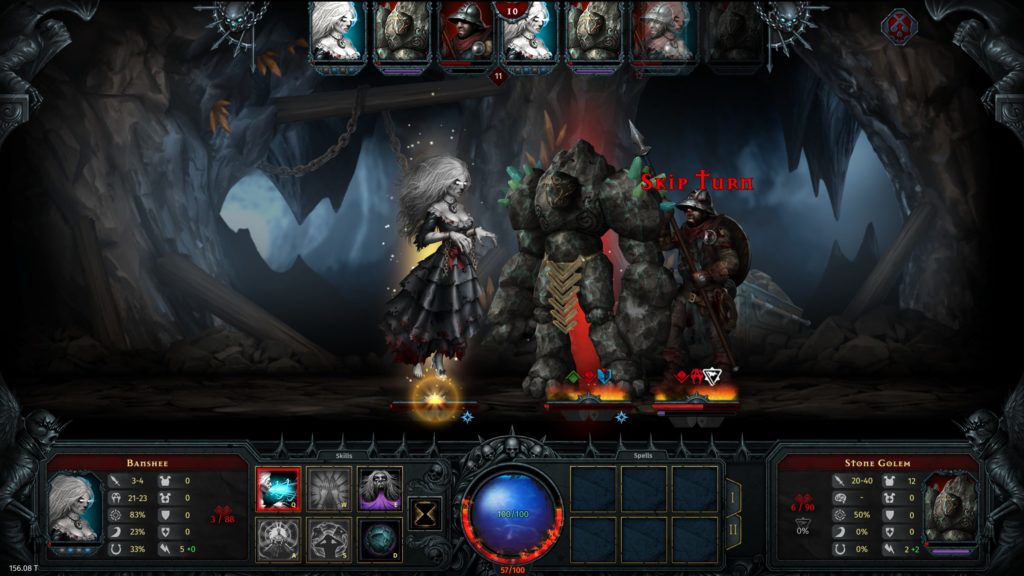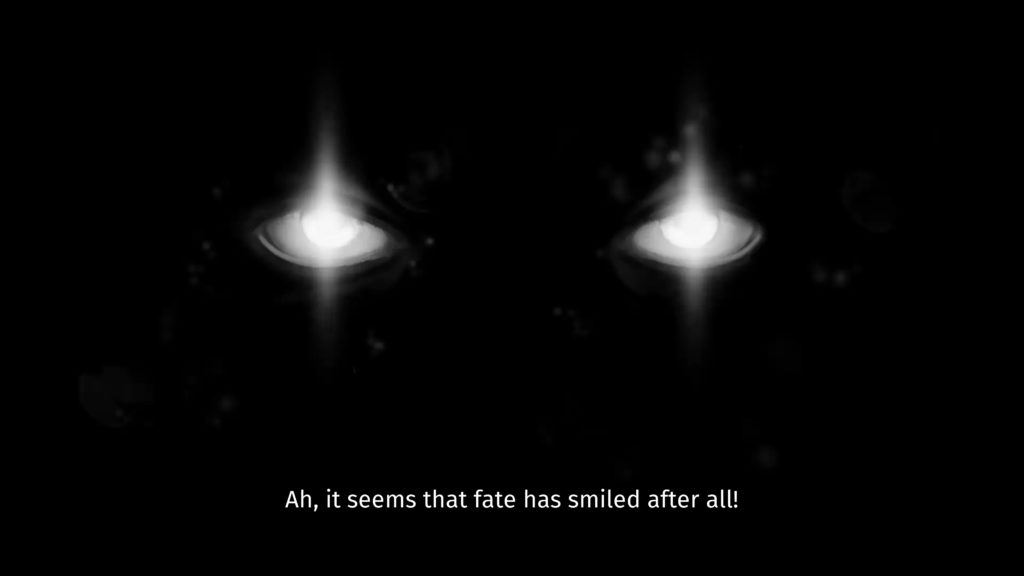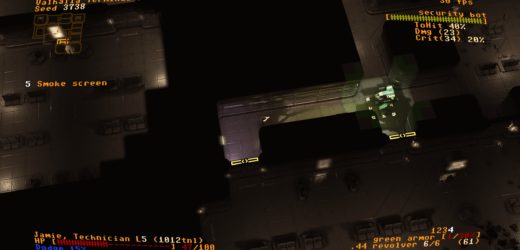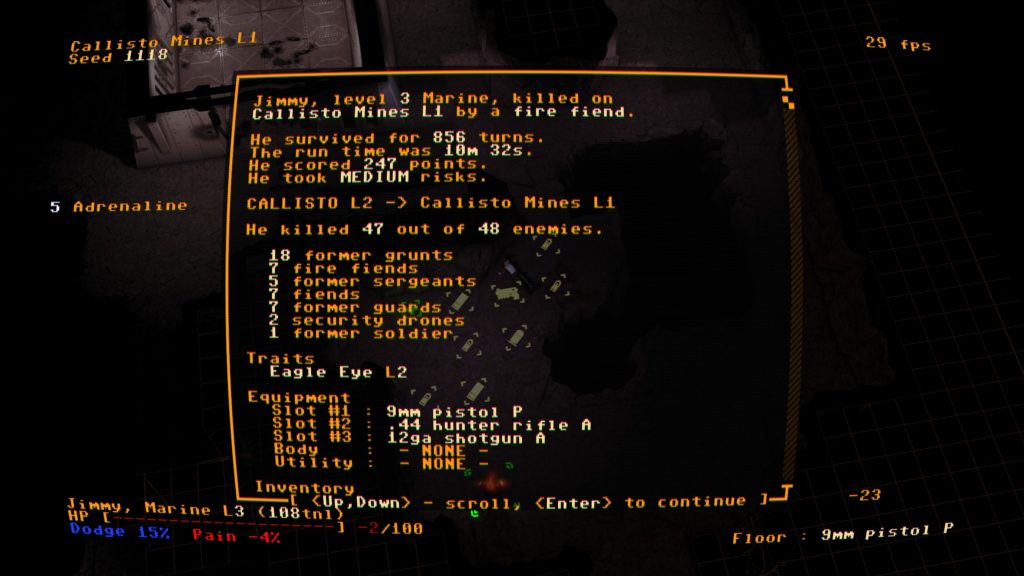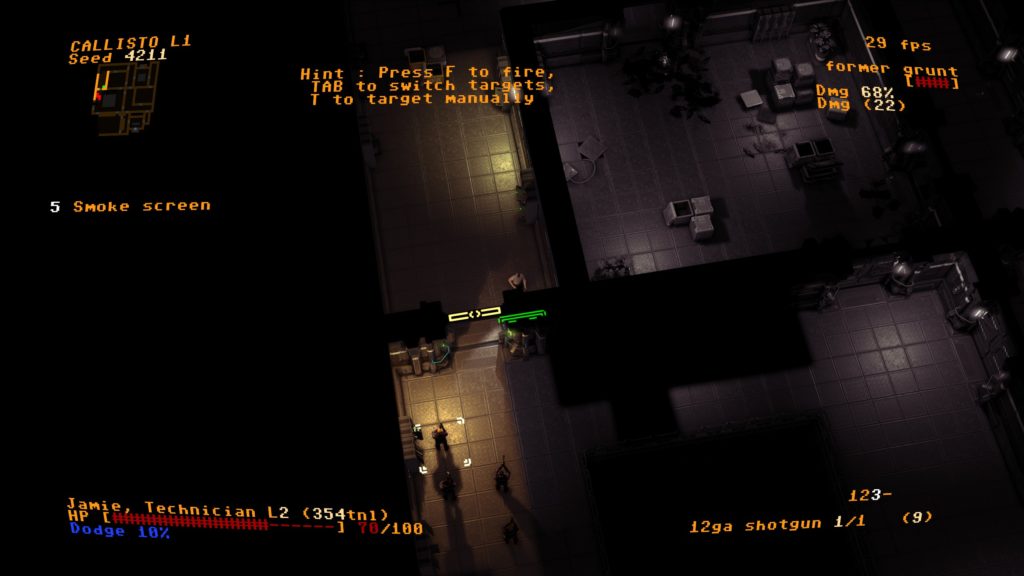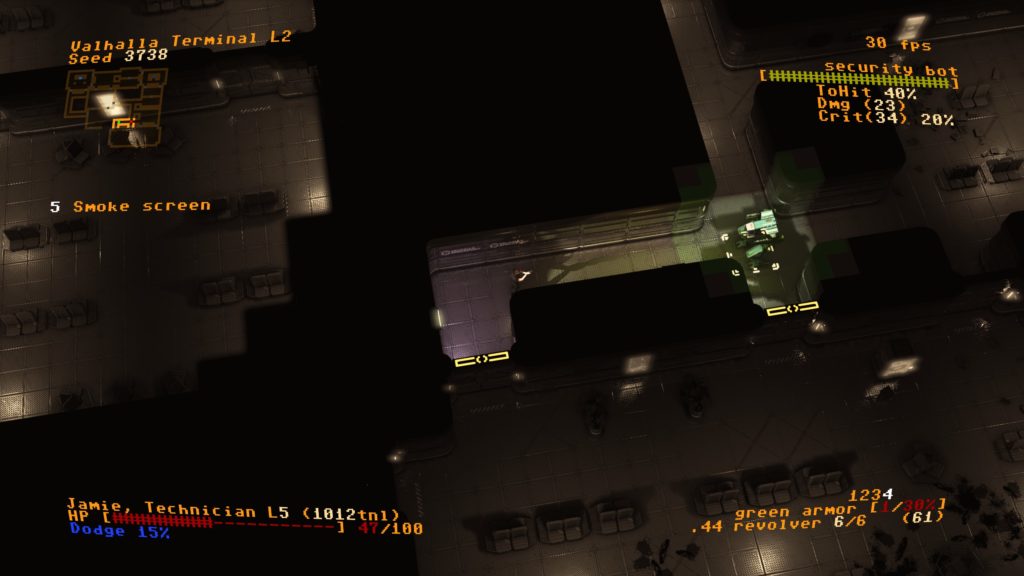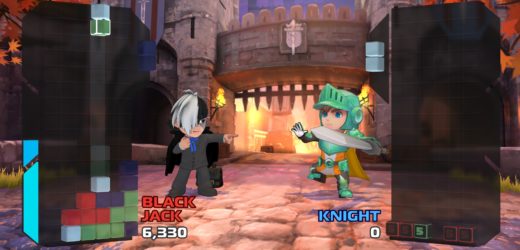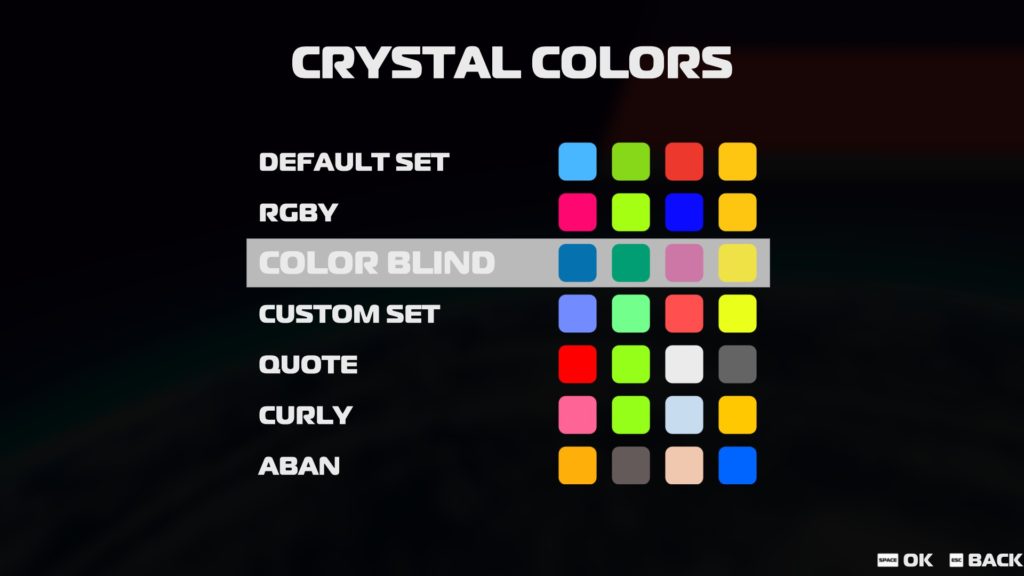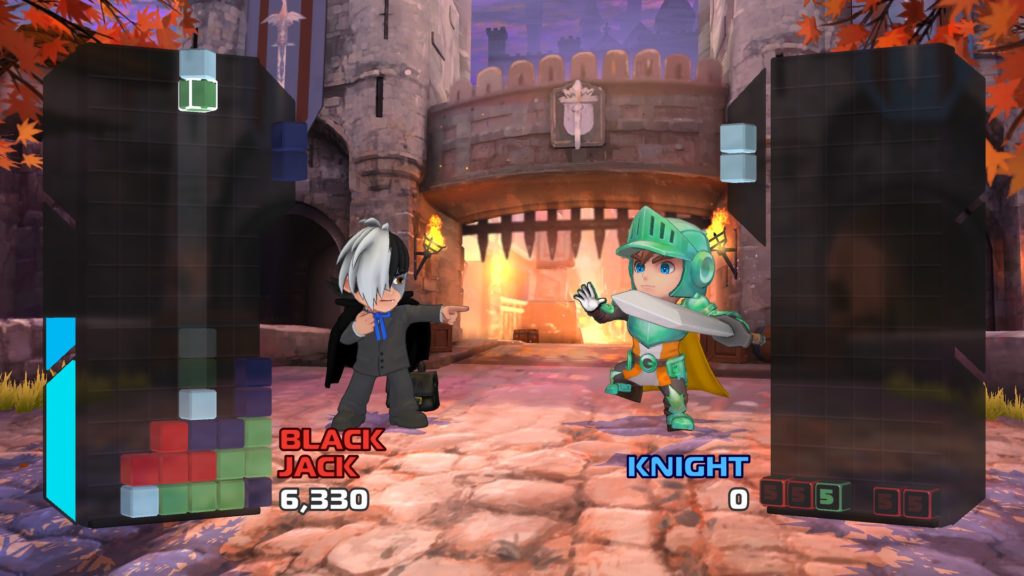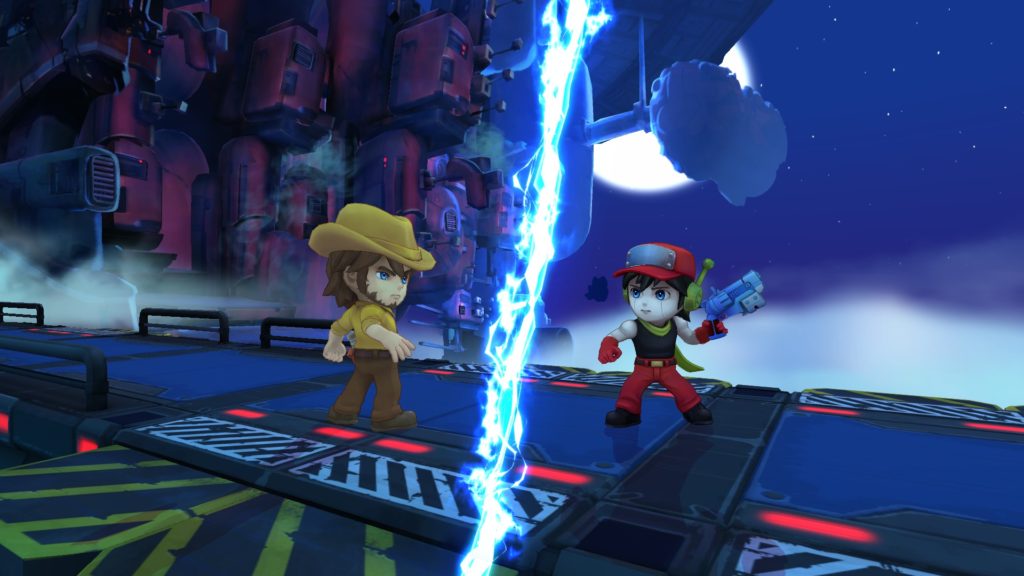Age of Wonders: Planetfall (Review)
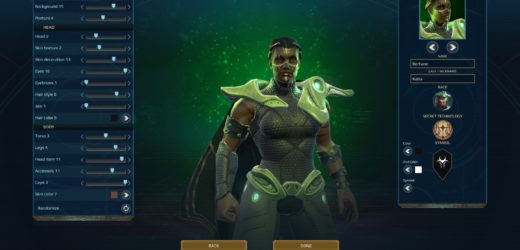
Source: Hard parted with Cashmoneys. Worth it though.
Price: £41.99 (Look, there’s DLCs and a Season pass…)
Where to Get It: Steam
Space Opera is, in a way, a high fantasy all of its own. Want space elves? You can have space elves. Want space dwarves? Sure, no prob. Want a monolithic evil empire? Well, we all have those days. So Age of Wonders: Planetfall is not, strictly speaking, that big a leap from the fantasy shenanigans of previous games. Spells are now Tactical Operations, roving monsters are often NPC factions (Not all of which have a player faction equivalent), and overall? There’s a lot of interesting changes here, all of which seem to improve that AoW experience.
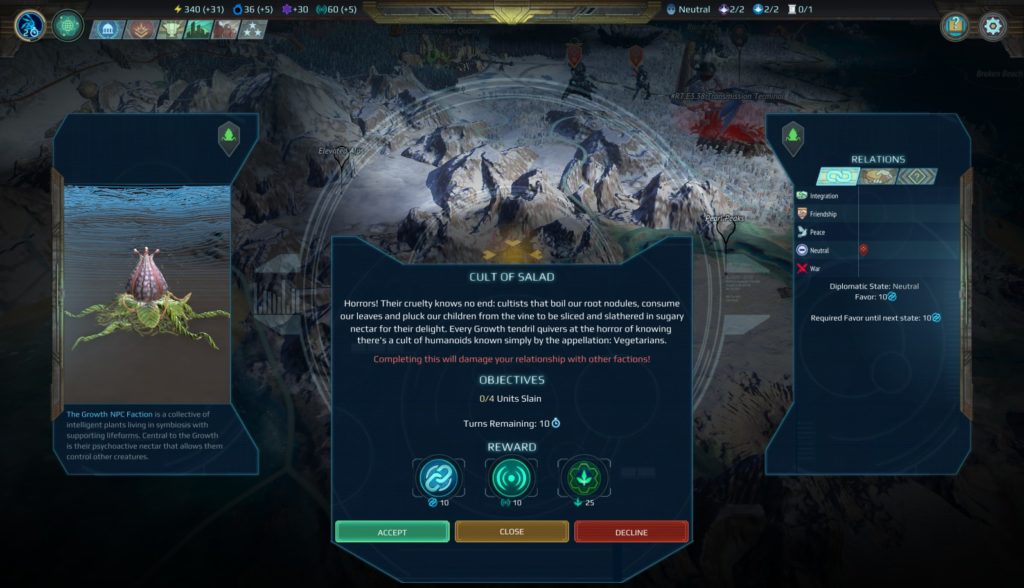
For those who don’t get the fuss about Age of Wonders, it’s a long running 4X franchise which has boasted many factions, asymmetric gameplay elements in later instalments, and some cool worlds of high fantasy. Well, now it’s science fiction. Turn based, with a hex based combat system when you get into it with units, and… Well, let’s talk systems.
As noted, there’s a lot of changes, but the two biggest, to my mind, are the Mod system for units, which extends the utility of units, especially Tier I units, quite a lot, and allows a fair amount of customisation, and the ability to research both your military and social researches at the same time, which… Really streamlines play, and I like that! In addition, factions and classes further mix things up both in the unit and research side of things (Species who choose the Voidtech class, for example, get Void Walkers, beings who can clone themselves before a seemingly unwinnable fight, and if they die? Well… Their clone is now them, because they were time travelling, and you had the bonus of doing damage to a creature outside of your current strength)
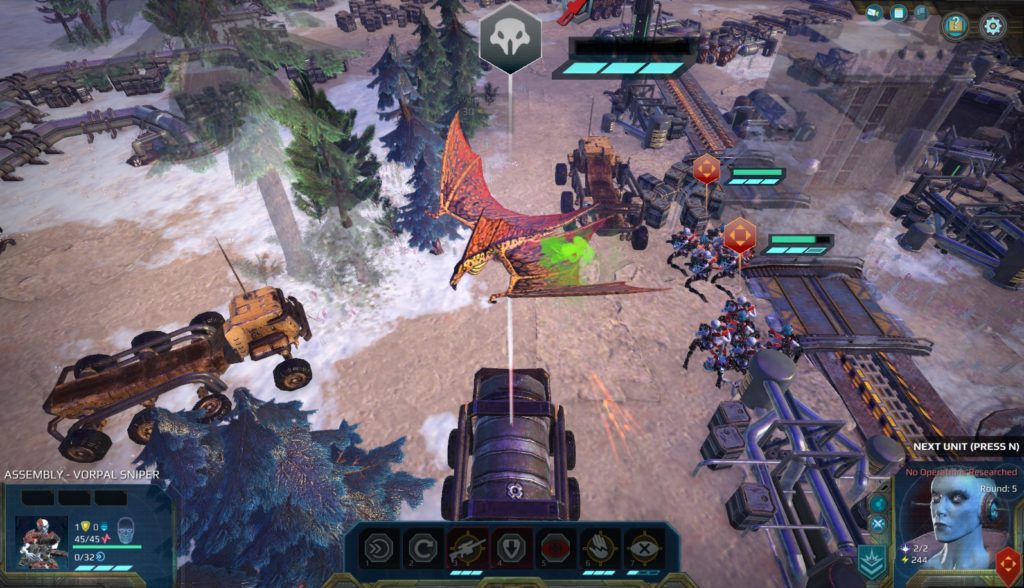
The system of base building has also been rejigged, and I also quite like this. Before this, it was done in a slightly more traditional 4X manner, with building cities, expanding them, and the main difference was in Outposts (to extend your territory without building another city) and Watchtowers (Extend the vision range of whoever owns them.) In Planetfall, it’s a collection of territories, and expansion is through exploiting a sector within range (preferably connected), and then building an exploitation on that point. Forward Bases can pre-emptively claim a territory, although anyone who wants to either destroy that or take that claim for their own can certainly try, so defending forward bases is… An interesting dynamic, since the game doesn’t generally encourage hordes of units, overall.
It’s somewhat refreshing, after the hullabaloo (enjoyable hullabaloo, but hullabaloo nonetheless) of Age of Wonders, to see the turns just… Glide by, relatively speaking. And it helps that, aesthetically, Planetfall is very much on point. The UI remains the same, and is mostly readable and well organised (occasionally, there’s a button or two that confuses a little, but it’s easy to learn), the music is fitting and gets the mood going along with things, and the worlds are, again, clear about what’s what. There is also hotseat, always a favourite of mine, for anything up to 12 players (Which is a fair bit more than the current number of factions, but the existence of a DLC Season Pass implies, as with Age of Wonders 3, that more is planned.)
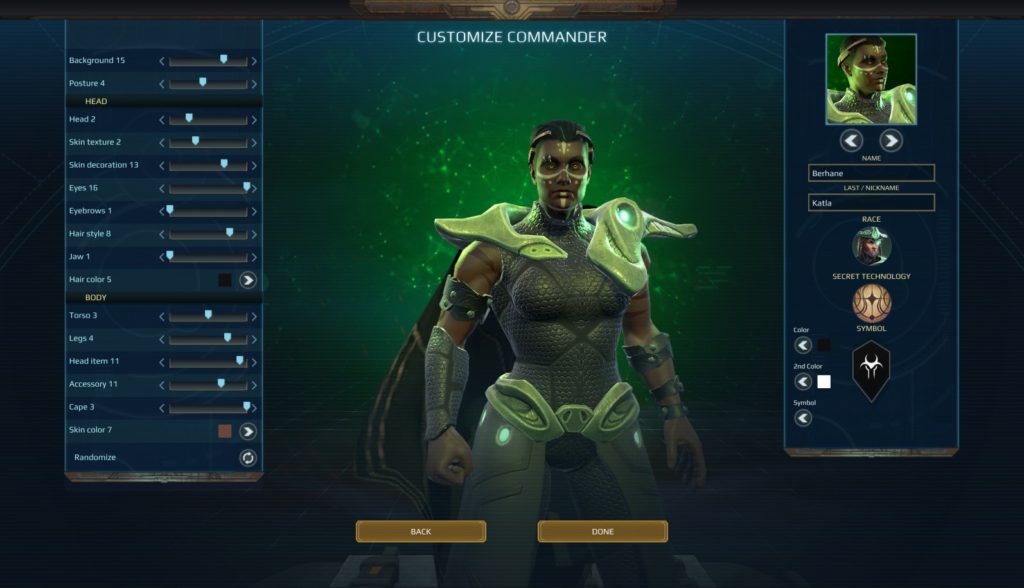
So… I don’t really have any gripes about Age of Wonders: Planetfall. Some folks might get turned on by the extra login (as they might have done with Age of Wonders 3), but many a 4X or Grand Strategy player already has a Paradox account, so… Overall, it gets a recommendation for 4X players, with the only advice for those new to AoW being “Save often, but especially before fights, so you can learn how it all works without as much frustration.”
The Mad Welshman is torn between factions. So he spends most of his time with Planetfall banging his toys together and making “pew pew!” noises in Hotseat. He absolutely will not apologise for this. More 4X’s need hotseat.

